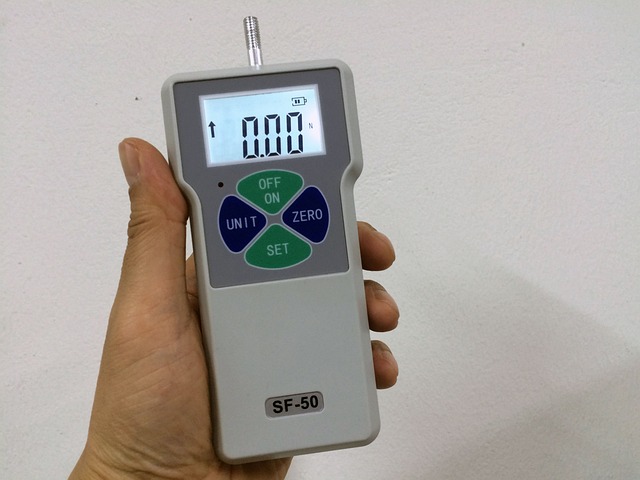Introduction
Welcome to the ultimate guide on force gauge! If you’re looking to boost efficiency and quality in your work, then this is the perfect resource for you. Whether you’re a professional engineer, a manufacturer, or simply someone interested in understanding force measurement tools, we’ve got you covered.
In this comprehensive article, we’ll delve into the different types of force gauges available in the market today. From digital force gauges that offer precise measurements to renowned brands like Mark 10 and Chatillon known for their reliability – we’ll explore them all. So, let’s dive right in and discover how these powerful instruments can revolutionize your processes!
But before we get started, let’s take a quick moment to discuss two other topics relevant to our discussion: self-regulating heat cables and Spectrum Healthcare.
Self regulating heat cables are innovative heating solutions that automatically adjust their power output based on changes in temperature. These smart cables are widely used across various industries for applications such as freeze protection, temperature maintenance, and snow melting systems.
On the other hand, Spectrum Healthcare is a leading provider of healthcare products and services dedicated to improving patient care outcomes. While it may seem unrelated at first glance, both self-regulating heat cables and Spectrum Healthcare share one common goal with force gauges – enhancing efficiency and quality within their respective domains.
Now that we have set the stage let us dive deeper into understanding different types of force gauges!
Types of Force Guage
Force gauges are essential tools used in various industries to measure the force applied during testing and quality control processes. They come in different types, each designed for specific applications. Let’s take a closer look at two popular types: digital force gauges and Mark-10 force gauges.
Digital Force Gauges
Digital force gauges offer precise measurements with easy-to-read digital displays. They are commonly used in research labs, manufacturing facilities, and other settings where accuracy is paramount. These gauges provide real-time data on compression or tension forces, making them versatile for a wide range of applications.
Mark-10 Force Gauges
Mark-10 force gauges are known for their durability and reliability. They can withstand harsh conditions and heavy use, making them ideal for industrial environments. These gauges feature rugged construction and intuitive controls that allow users to obtain accurate readings quickly.
Chatillon Force Gauges
Another well-known brand in the industry is Chatillon, which offers a variety of high-quality force measurement solutions. Chatillon force gauging systems include handheld devices as well as motorized test stands that enhance efficiency and precision.
In conclusion (as per your instructions), choosing the right type of force gauge depends on your specific needs and requirements. Whether you opt for a digital gauge or prefer the robustness of a Mark-10 or Chatillon model, investing in reliable equipment will undoubtedly boost efficiency and ensure superior quality in your operations.
Conclusion
In conclusion, a force gauge is a vital tool in ensuring precision and accuracy in force measurement across various industries. Understanding its significance, working principles, and applications is crucial in obtaining reliable and consistent results, impacting the quality and safety of products and processes.












